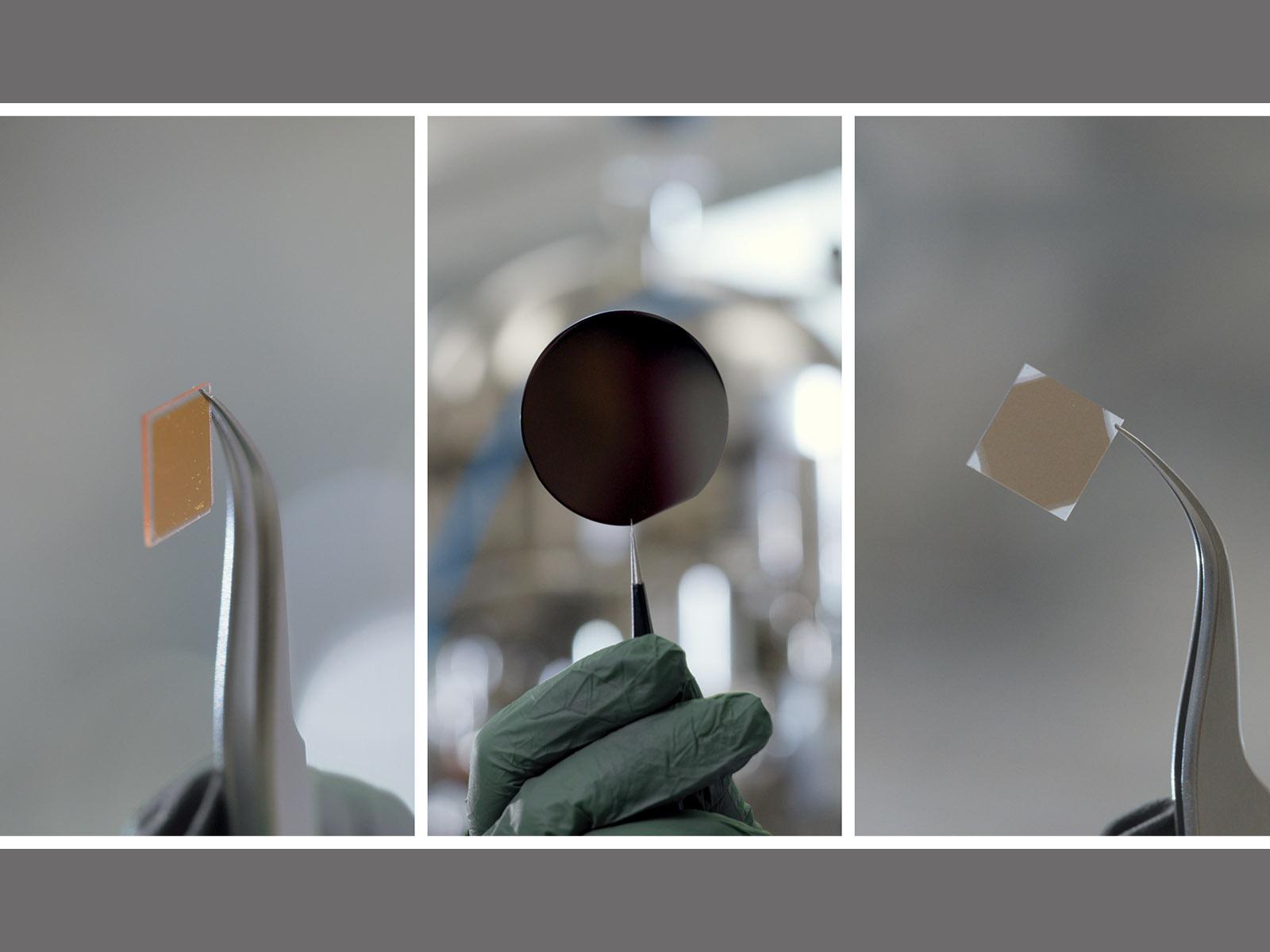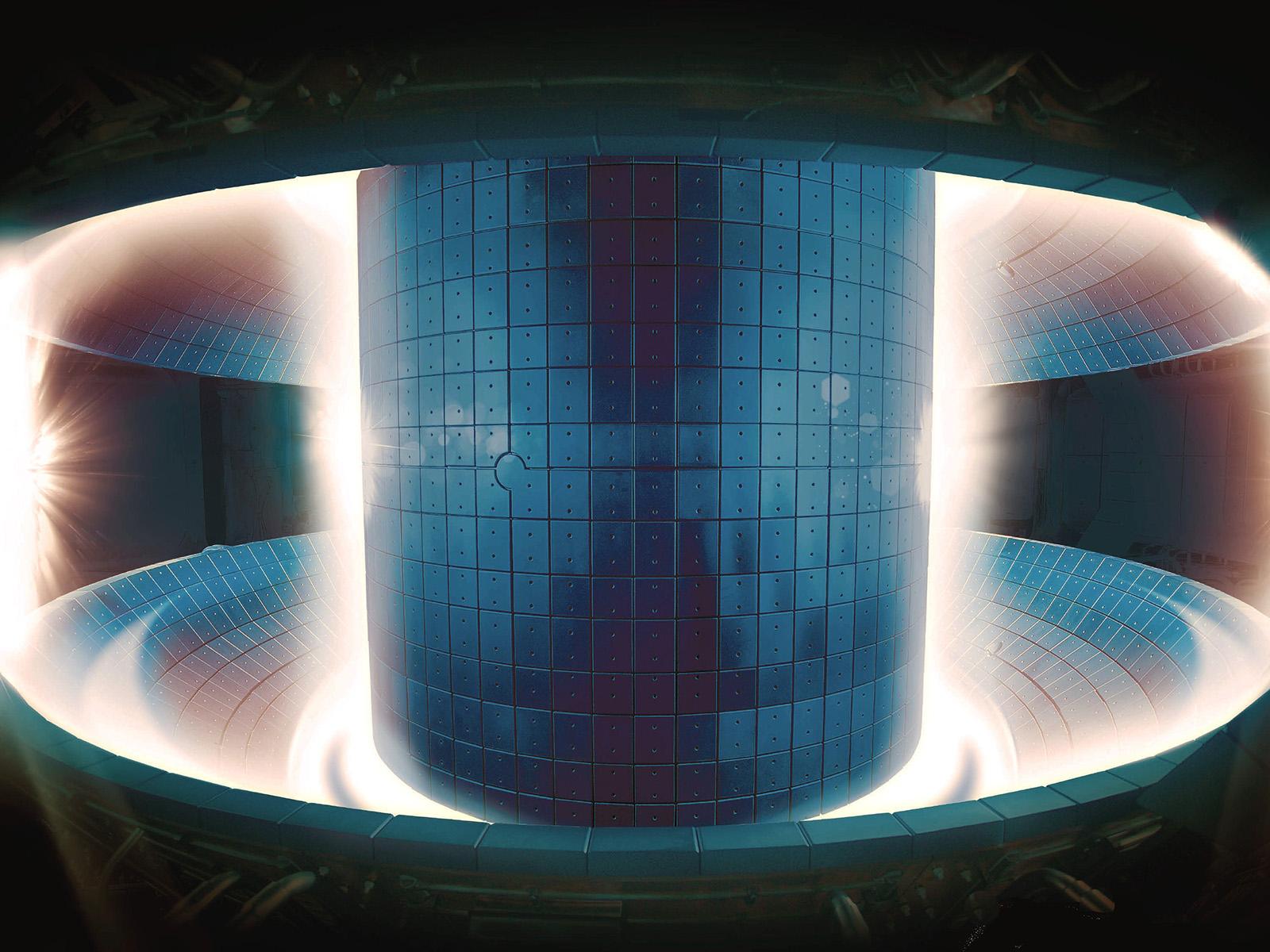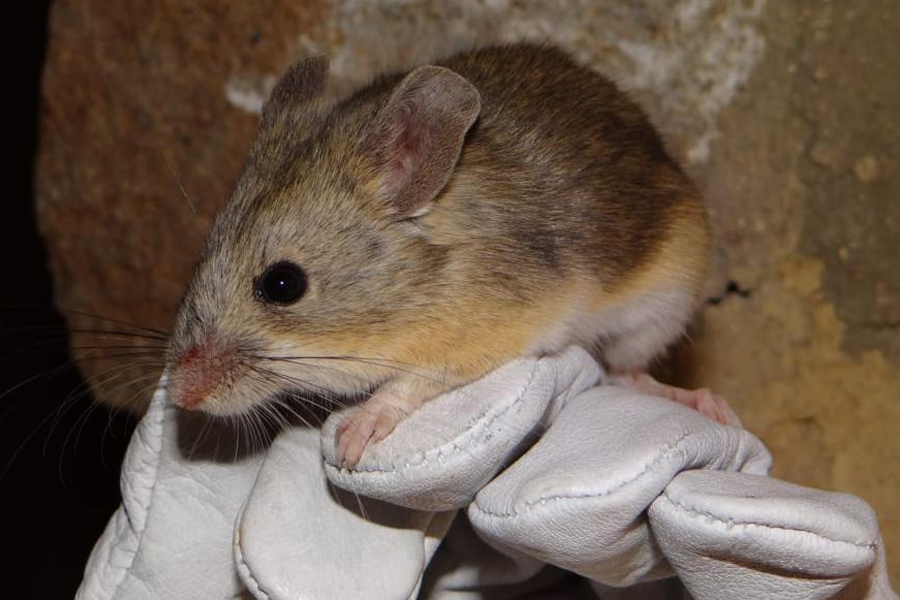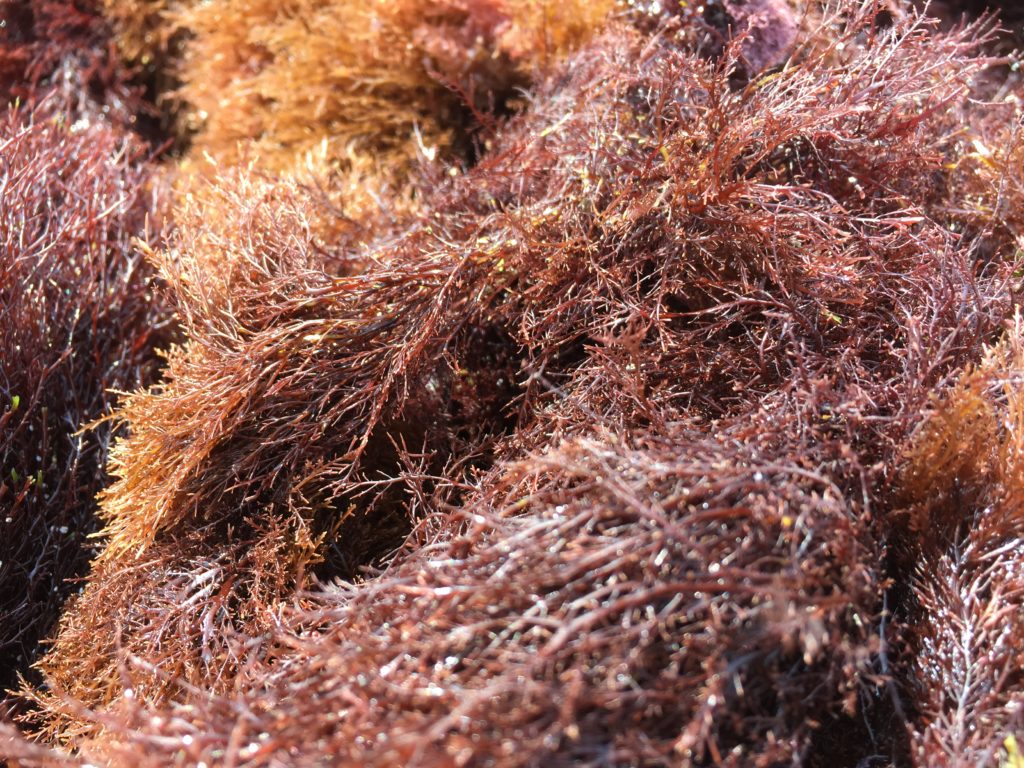Wildfires in Hawaii have devastated the island of Maui and leveled the historic town of Lahaina. As federal and local authorities investigate the causes of the disaster, questions have arisen about the effectiveness of government responses to the crisis.





